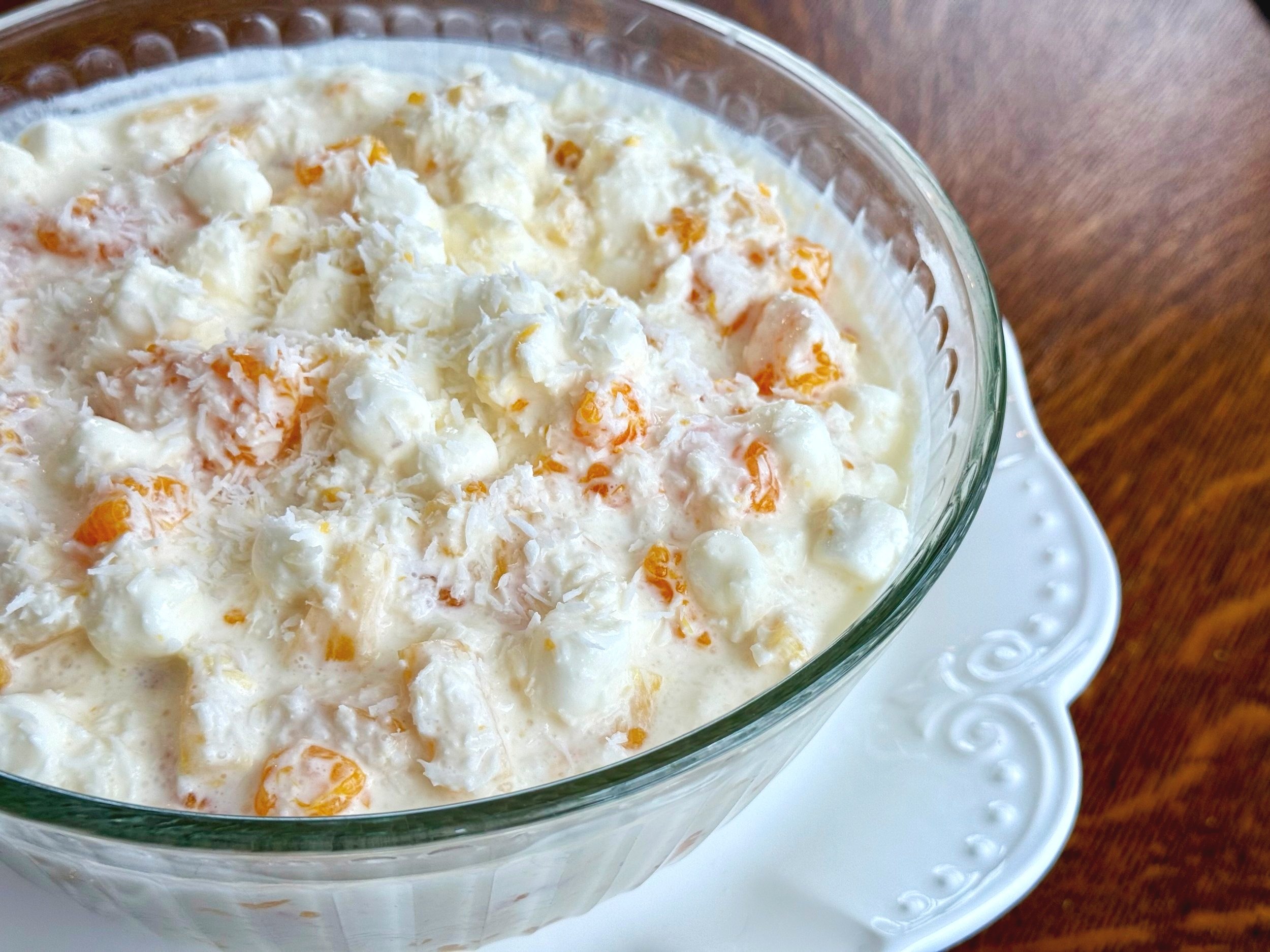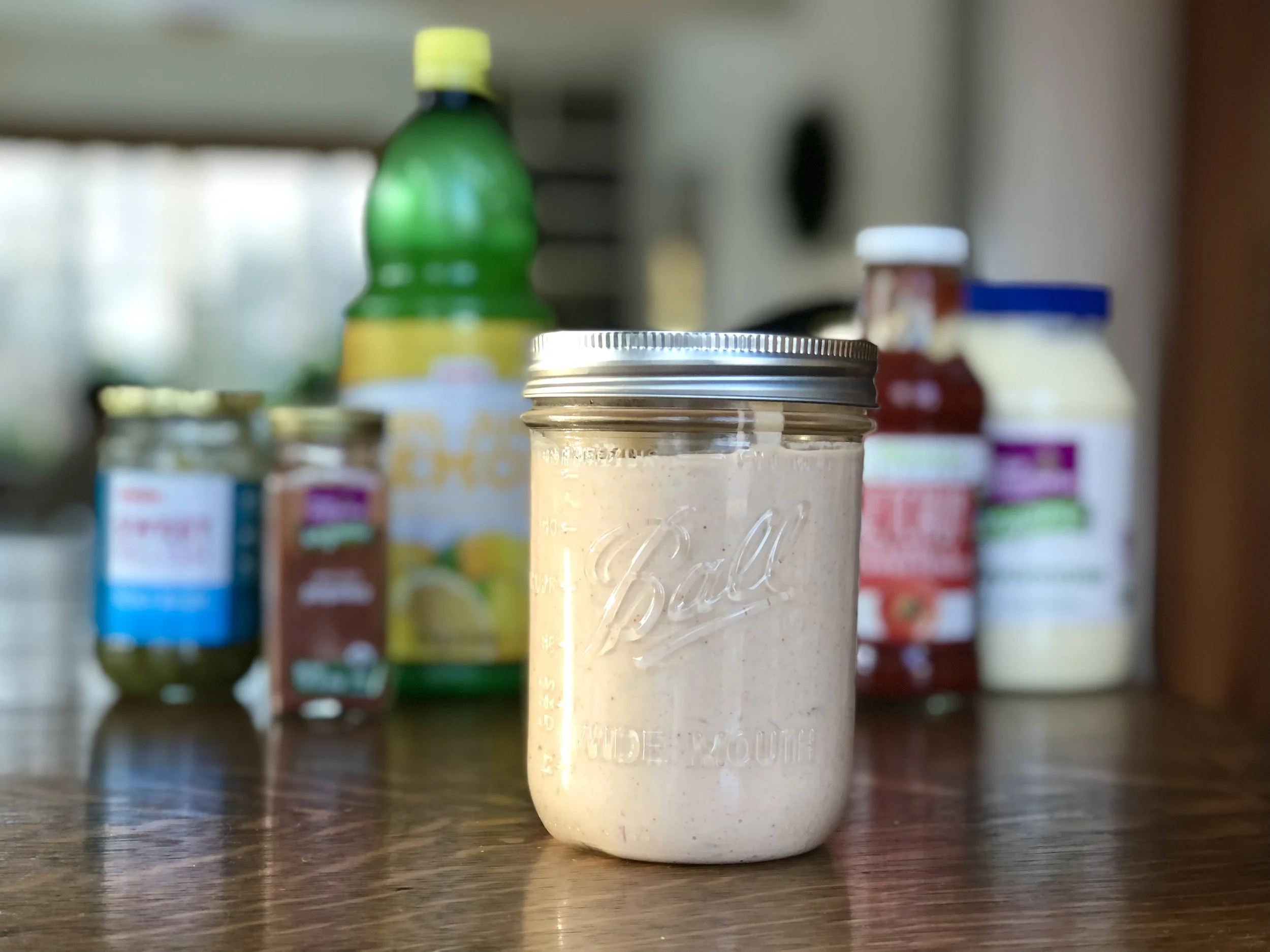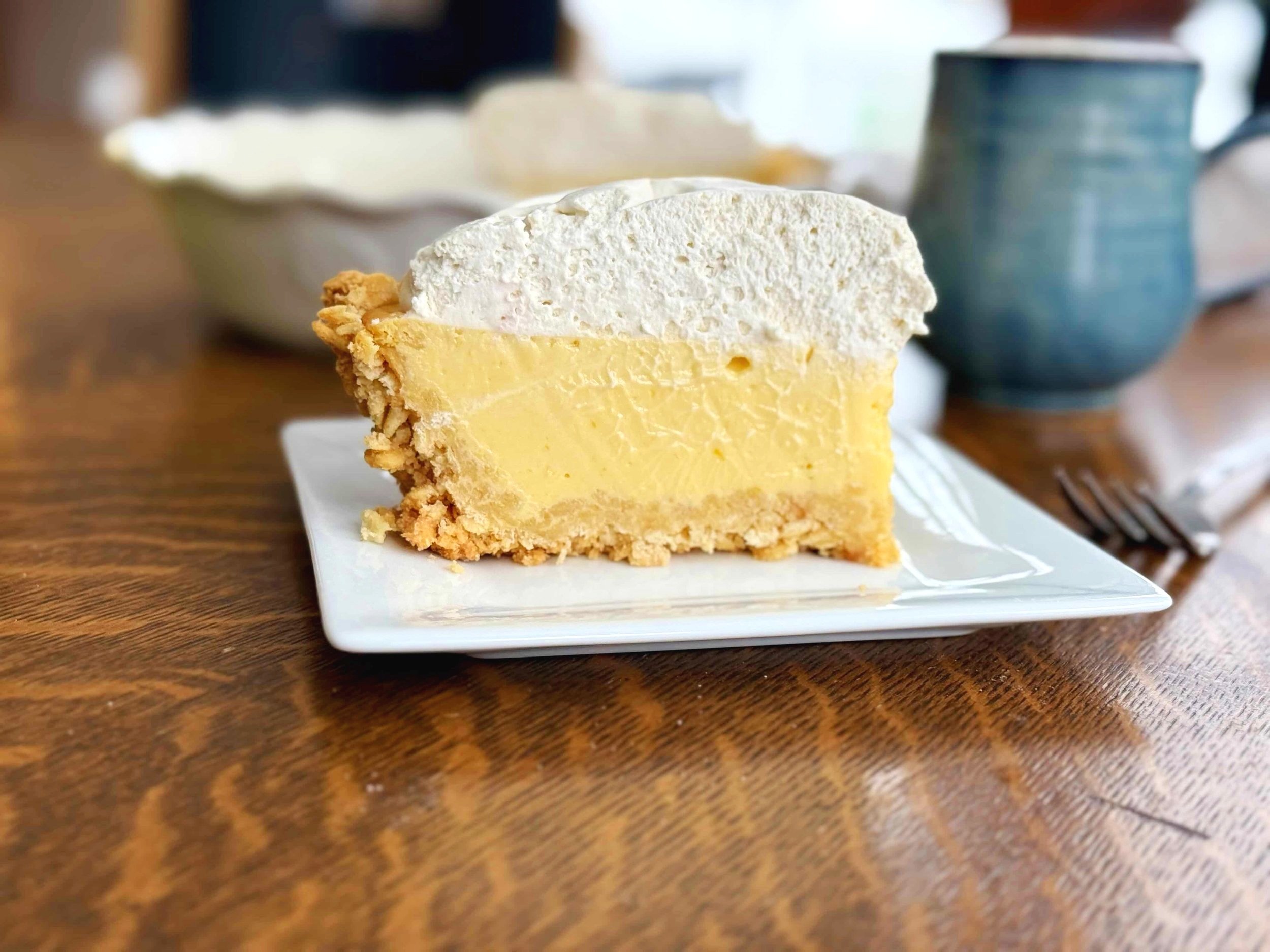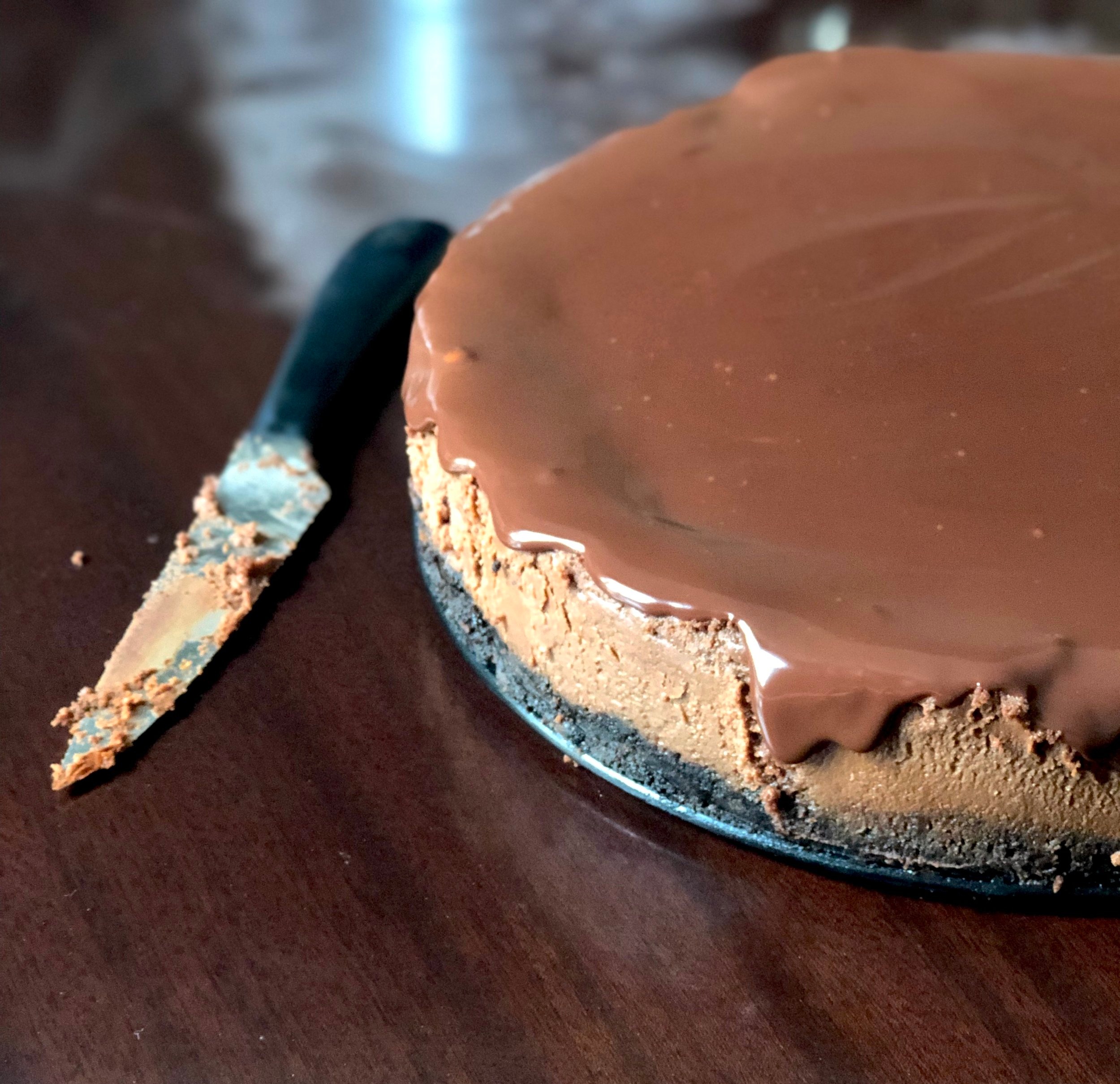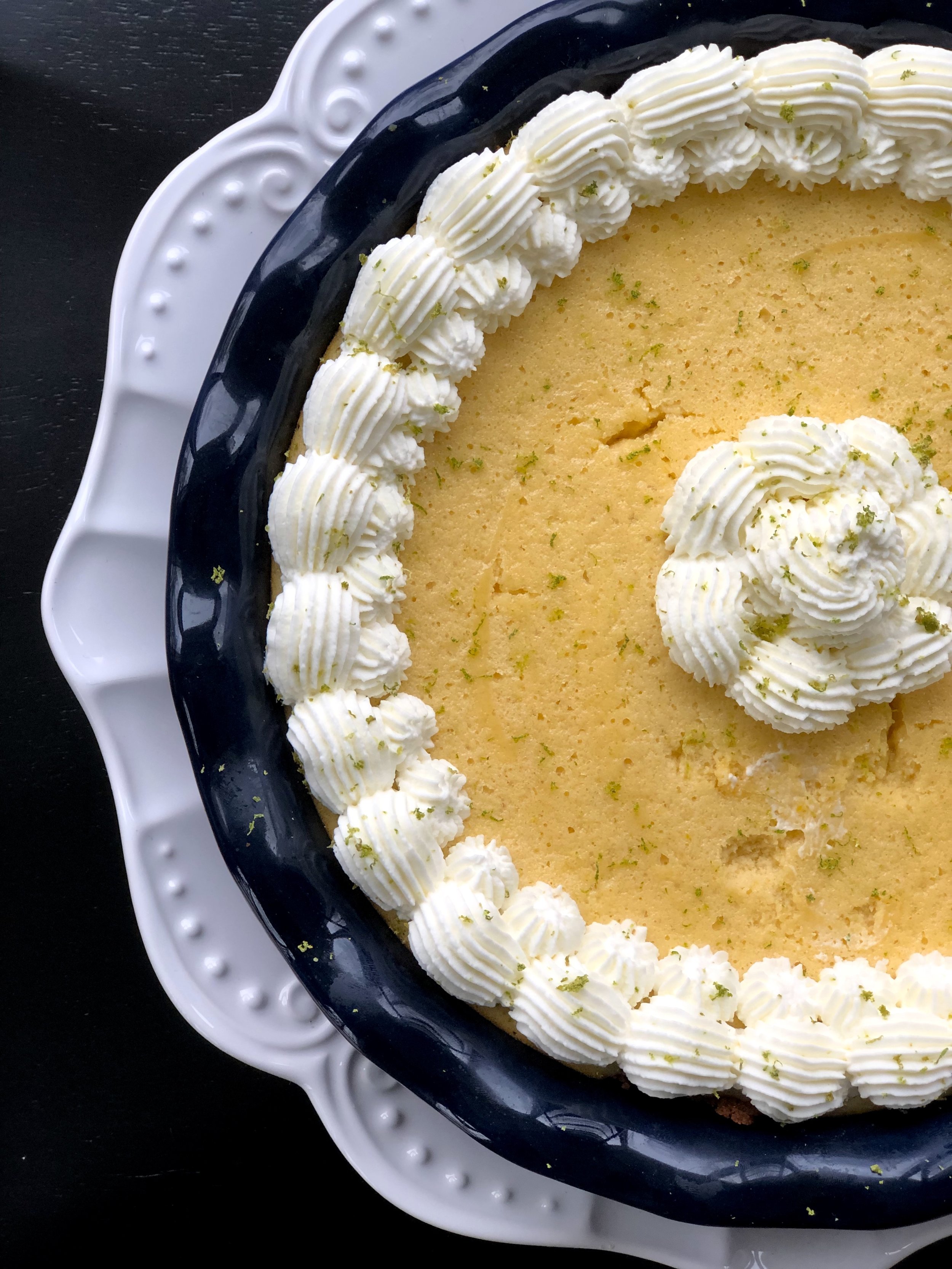Best Pie Pan Materials
/Pie dishes come in many different shapes, sizes, as well as a several different materials. More than just looks, what a pie dish is made of can have a significant impact on your pie, especially the crust.
Pie dishes (also called pie plates, pie tins, pie pans…let’s just get that out of the way!) are typically made of glass, ceramic, or metal. Each baker has their personal preference, and each material has its pros and cons.
If you’d like to read more about how to select the the best pie dish size for your needs, read here.
This post may contain affiliate links. If you make a purchase using these links, Jennyblogs may receive a small commission, at no extra cost to you. This helps to support Jennyblogs. Where possible, links are prioritized to small businesses and ethically and responsibly made items. For further information see the privacy policy. Grazie!
Best Pie Pan Materials
Glass
Pros:
Inexpensive
If made of clear glass, can easily see how well crust is turning golden
Cons:
Can shatter - avoid extreme temperature changes, i.e. moving a pie from the freezer to the hot oven. To avoid this, look for borosilicate glass, such as the OXO plate linked.
Shouldn’t be used under the broiler due to the risk of shattering
Ceramic
Pros:
Visually appealing
Best for avoiding crusts shrinking or slipping down
Cleans up easily
Can be used under the broiler
Can usually be transferred from freezer to oven without risk of thermal shock, but it’s always wise to double check with the manufacturer as not all ceramic or stoneware is made equally
Cons:
Can be expensive
More variety, sizes, and tend to be deeper than glass or metal, which lends to some pie recipes not adequately filling the pan
Usually the heaviest of the three materials
Metal:
Pros:
Inexpensive
Lightweight
Good for golden, crispy crusts, and fast heat conduction
Can be used under the broiler
Can be transferred from oven to freezer without risk of thermal shock
Cons:
Not as good for longer baking pies due to the superior heat conduction of metal, especially in darker colored metal pans
Can get scratched easily
Are sometimes non-stick. While this may be a pro as far as pies coming easily out of tins, it can also mean the pie plate is coated in controversial chemicals such as teflon. If you desire the non-stick feature but not the chemicals, look for a pie tin that is coated with silicone, like the USA Pan linked.
If non-stick, you should avoid using metal utensils to cut or serve the pie, as this can damage the non-stick coating.
No matter which pie dish you choose to use, all can give you excellent results.
Ideally, one would have a few different sizes of pie dishes and materials on hand to be able to suit each recipe and type of pie, but we don’t all have that luxury. Hopefully this summary has helped you understand which pie plate material is best suited to your personal baking adventures.






